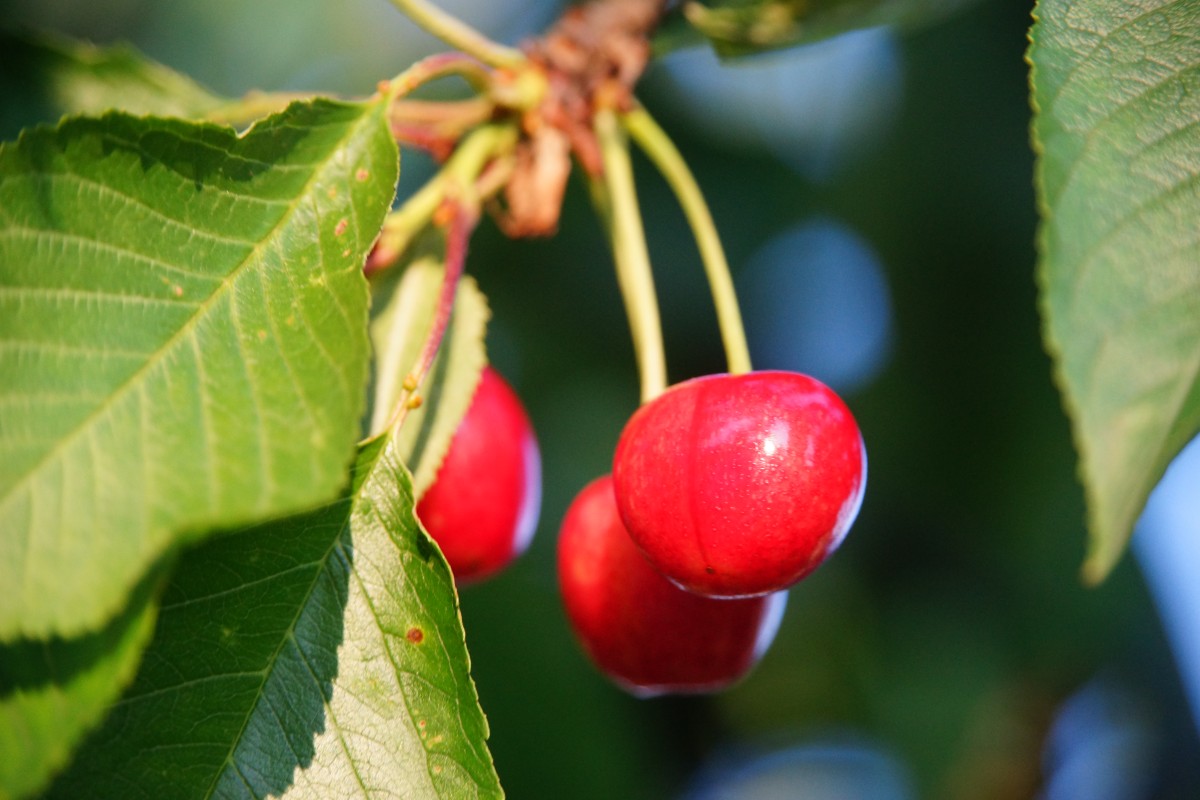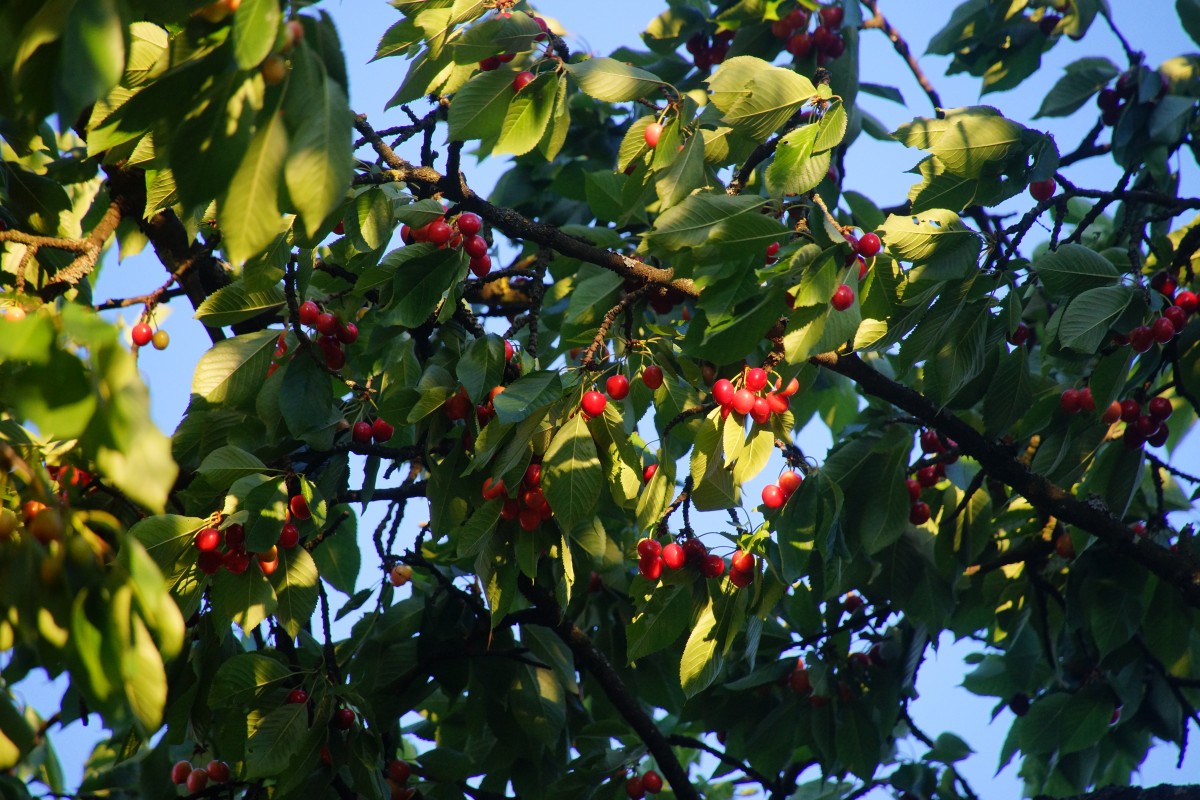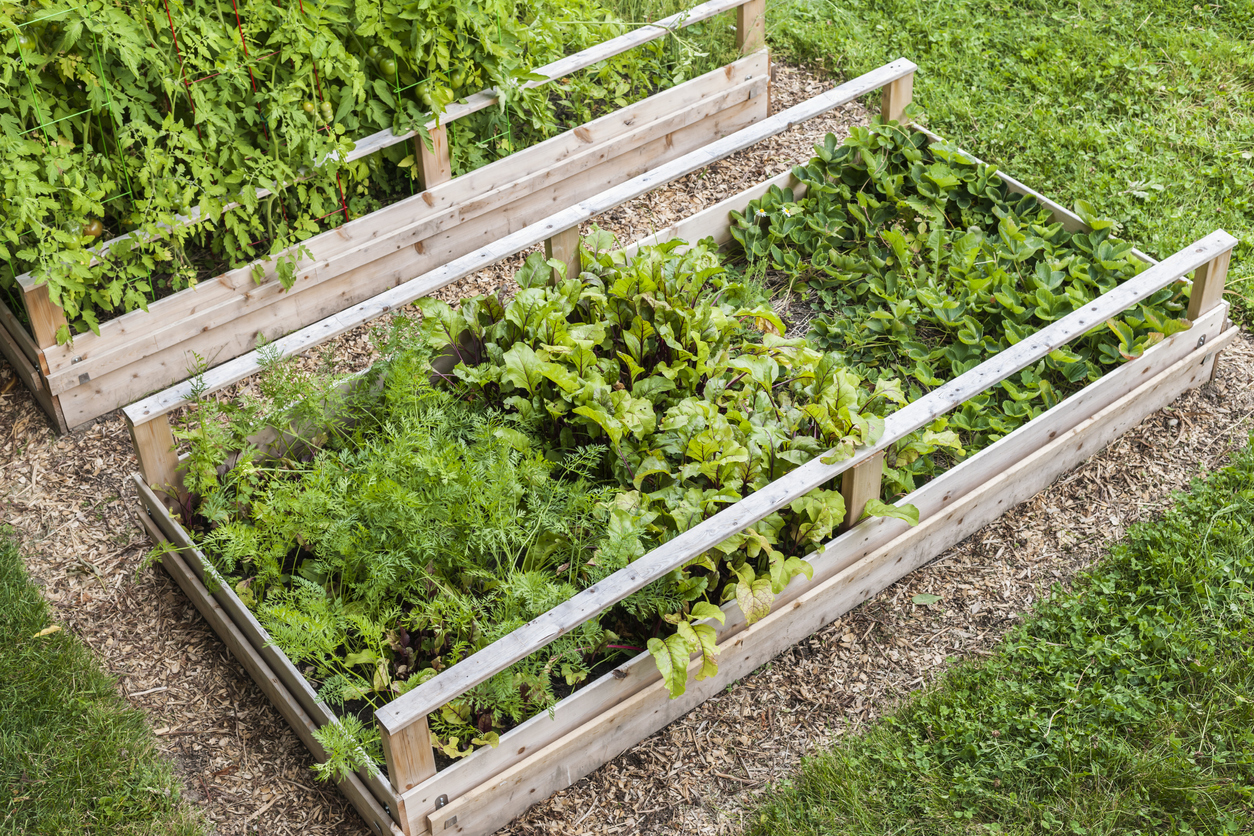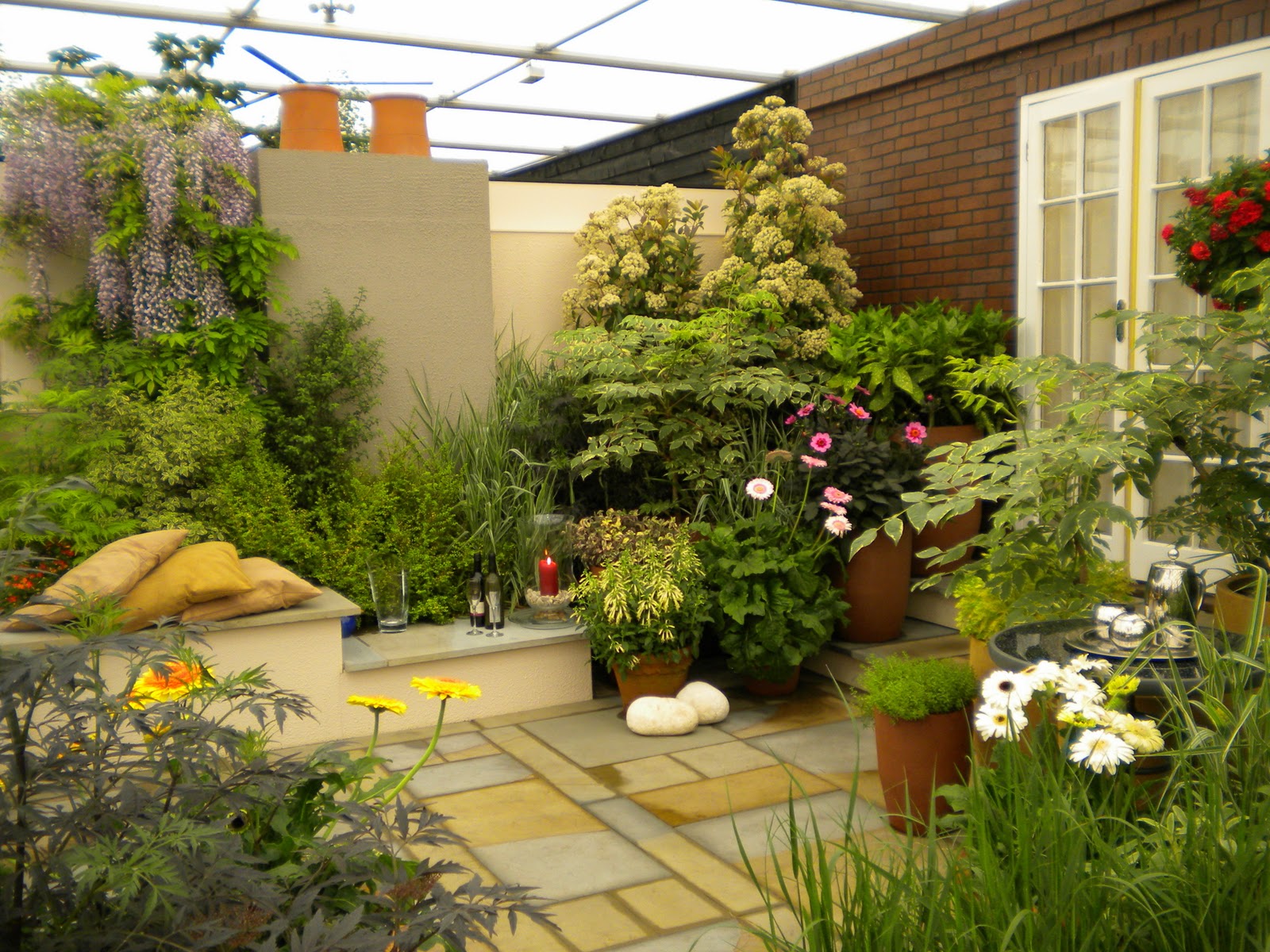How to Prune a Cherry Tree
Contents
– Focus on the cherry tree
– Step 1: Choose the right time to prune your cherry tree
– Step 2: Prune your cherry tree
The cherry tree is a stone fruit tree. It does not tolerate pruning very well, which causes gum to flow from its wounds and the trunk. Fortunately, it bears fruit without intervention all along its branches, which arch after 3-4 years, and this for several years. The natural arching induced by the branches’ elongation and the cherries’ weight increases the production of flower buds. However, the crop loses steam on the older branches that have lost their vigour. A gentle rejuvenation pruning is then recommended at harvest time so that the healing process is quick.
Here is how to prune a cherry tree.
Focus on the cherry tree
The vegetative growth of the cherry tree starts at the end of the flowering period and lasts until mid-June, sometimes even until September for 1 or 2-year-old trees. The buds are mostly formed on the May clusters, these very short branches that produce cherries between 3 and 10 years in a row. The terminal bud surrounded by the buds ensures this branch’s continuation and perenniality with very short internodes. It is, however, likely to give a long shoot after a shortening of the branch that carries it. The May clusters are formed on the 2-year-old wood, first at its tip and then towards the branch’s base over the years. The quantity and performance (the number of buds and flowers in each bud) of the Mayflower decreases if the tree or branch lacks nutrients or sunlight or suffers a bacterial attack.
Long twigs develop at the end of the branch, forming a crow’s foot. Their length is a sign of the branch’s vigour and the tree’s age. Very short branches can replace them on mature or weakened trees. The following year, these long branches also bear buds on the adult tree (1 to 8, depending on the variety of the cherry tree). These buds usually open 1 to 2 days before the ones borne by the May clusters. They provide the bulk of the production on the young cherry trees before the May clusters become more efficient. The basal part of these long shoots does not bear vegetative buds, so pruning too short will cause the shoot to dry out! Leave at least 8 nodes (or buds).
Good to know: the wood of the cherry tree is difficult to classify, so wounds of more than 5 cm in diameter will quickly lead to the rotting of the heartwood.
1. Choose the right time to prune your cherry tree
Choose the pruning period according to your objective.
– If you want to restore the tree’s vigour by limiting its growth points, prune strong branches in the middle of winter (mid-January-February) but not too much, at the risk of causing significant fruit loss and gum spillage. Remove as a priority dead wood or wood affected by the canker and branches that rub. Apply a healing mastic to large pruning wounds to limit spillage and the risk of parasitic attacks. Apply nitrogen fertilizer and mulch the soil with a mixture of compost and well-decomposed manure to a depth of 15 cm at the base of the crown to encourage recovery.
– If you wish to give less vigour to the following year’s shoots and generate fewer suckers, intervene mid-summer or during the cherry harvest to remove the leaf surface. Summer pruning favours rapid healing and limits gum disease and bacterial attacks. Late summer-autumn pruning no longer has a weakening effect.
2. Prune your cherry tree

Good to know: contrary to popular belief, it is not recommended to prune the cherry tree when it is planted because the end buds produce a hormone, auxin, which promotes root growth. Just prune off broken branches and snags.
Cherry trees are among the most vigorous fruit trees in our region. You can lead them in the form:
– goblet with a trunk of 30 to 100 cm to facilitate picking ;
– half-stem or stem with a trunk of 1.30 to 1.80 m to be able to walk underneath (fruiting can take 6 to 7 years on a stem or half-stem);
– or cattail (spindle) on the rootstock of low vigour.
In cherry, the scion of the variety is often top-grafted to the trunk end of the rootstock.
Pruning reduces the overall development of a tree, even though the rootstock’s vigour is critical. Avoid cutting twigs larger than 3 cm in diameter and removing more than 30% of the foliage. Prune at an angle with secateurs or branch cutters, disinfected between each tree.
Tip: on young, vigorous trees that are slow to bear fruit, prune during the first 15 days of May.
Tip: to restart the branching of a branch, prune slightly in winter so that the 2-3 vegetative buds located just below the cut emit long branches to better feed and distribute the sugars in the fruit.
Materials needed to prune a cherry tree
Compost
Branch cutter
Fertilizer
Healing putty
Pruning shears



3 thoughts on “How to Prune a Cherry Tree”